Involuntary commitment and treatment - mental health legislation
This table displays the criteria that must be apparent before involuntary commitment and treatment can be authorised. This table does not display the processes that must be followed in making and reviewing that authorisation.
These processes vary considerably between jurisdictions; the New Zealand MHA, for example, utilises judicial hearings to make compulsory treatment orders (unlike the Australian MHAs).
In some Acts, the criteria are listed separately; in others, they are combined (in several cases, they are merged with the definition of mental illness). Recent changes to the MHAs have added additional criteria and process elements to ensure that less restrictive alternatives are utilised.
All decisions to order involuntary commitment and treatment under the Australian Acts now require, at a minimum: the person to be suffering from mental illness (or a condition with similar manifestations), a nexus between that illness and serious risks to health and/or personal or public safety, the provision of treatment for that illness, and for there to be no less restrictive means of providing that treatment available. The NZ criteria are slightly broader, as they include ‘seriously diminished capacity to take care of oneself’.
Increasingly, the MHAs also require an assessment of whether the patient has the capacity to make treatment decisions. This requirement is often included as a Principle or Object of the MHA. Sometimes this requirement is part of the criteria for involuntary commitment and treatment – the new Queensland MHA, for example, prohibits compulsory treatment for a person with decision-making capacity who unreasonably refuses treatment.
Disclaimer: These tables have been developed by the RANZCP as at 30 June 2017 in order to allow key provisions in the Mental Health Acts to be compared. They are intended for reference purposes only and are not intended to be a substitute for legal or clinical advice.
